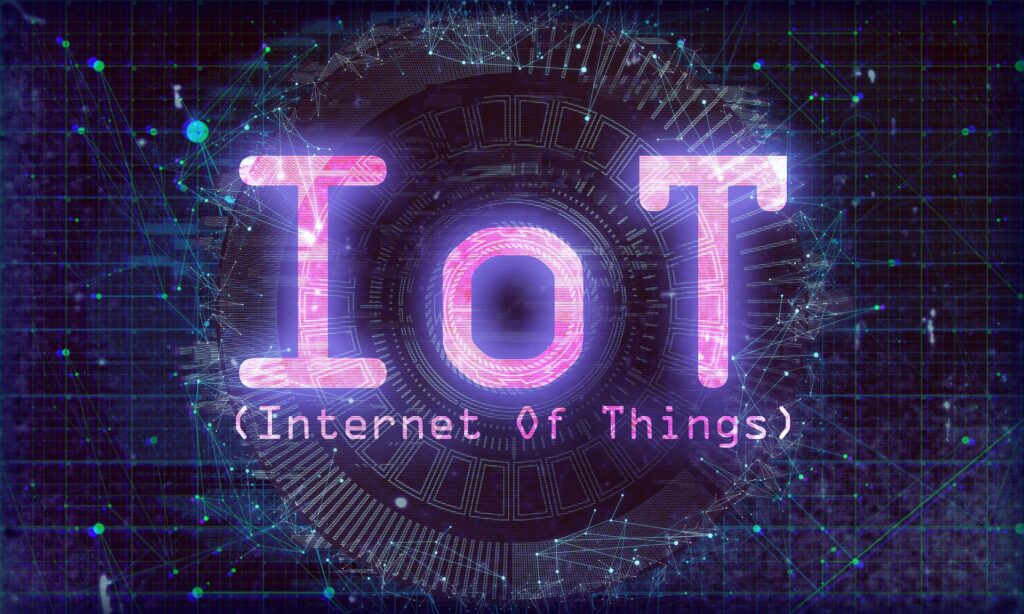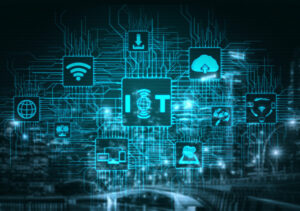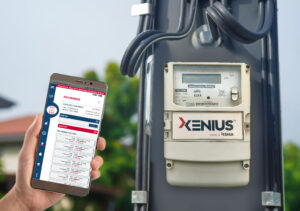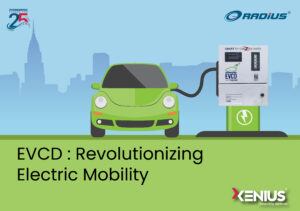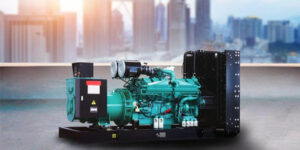IoT services also include data collection and analysis from connected devices, allowing businesses to gain insights into their operations. With the increasing rate of adoption for these applications, the market for IoT is expected to grow
The primary distinction between IoT and M2M is that former connects any device to the internet for enhanced performance, whereas the latter connects two or more devices to the internet for data sharing and analytics
Internet of Things (IoT) is a web of networks that allows devices and applications to connect over the internet for varied functions, ranging from home appliances to street lights. On the other hand, Machine-to-Machine is a concept that enables and facilitates communication and information exchange between machines and can be used across services including tracking and manufacturing. While both these enable communication between devices, M2M does not rely entirely on the internet for data exchange unlike IoT.
IoT stands for Internet of Things. Communicating devices interact with one another via a communication medium and every day, new devices are integrated into the IoT ecosystem to perform various functions. For sending and receiving data over the internet, these devices employ a variety of sensors and actuators. A system wherein devices share data via the internet or any other communication medium.
Machine-to-Machine (M2M) communication is a concept in which two or more machines communicate with each other without human intervention via a wired or wireless mechanism. It is essentially a technology that allows devices to communicate with one another without using the internet. M2M communications have a wide range of applications, including security, tracking and tracing, manufacturing and facility management.
Both IoT and M2M allow machines to exchange information without the need for human intervention. The primary distinction between IoT and M2M is that the former connects any device to the internet for enhanced performance, whereas the latter connects two or more devices to the internet for data sharing and analytics. IoT is the next step in the evolution of the internet, connecting every device, vehicle and appliance to the Internet via sensors embedded in nearly everything. IoT services also include data collection and analysis from connected devices, allowing businesses to gain insights into their operations. With the increasing rate of adoption for these applications, the market for IoT is expected to grow.
IoT can also be understood as a network infrastructure that connects objects to the Internet to send and receive data. It is a relatively new concept in which devices, applications, sensors, and actuators are linked via the internet. The network connects streetlights, parking metres, home appliances and even clothing to the internet. IoT enables these devices to communicate and exchange data and these devices gather data from their surroundings and from one another and transmit it to the network. The data can be accessed through a variety of connected devices, including mobile phones, laptop computers, automobiles, and even refrigerators. The connection is the primary distinction between IoT and M2M. While IoT refers to any device that connects to the Internet to improve performance, M2M typically refers to the connection of two or more devices to the Internet for data sharing and analytics.


